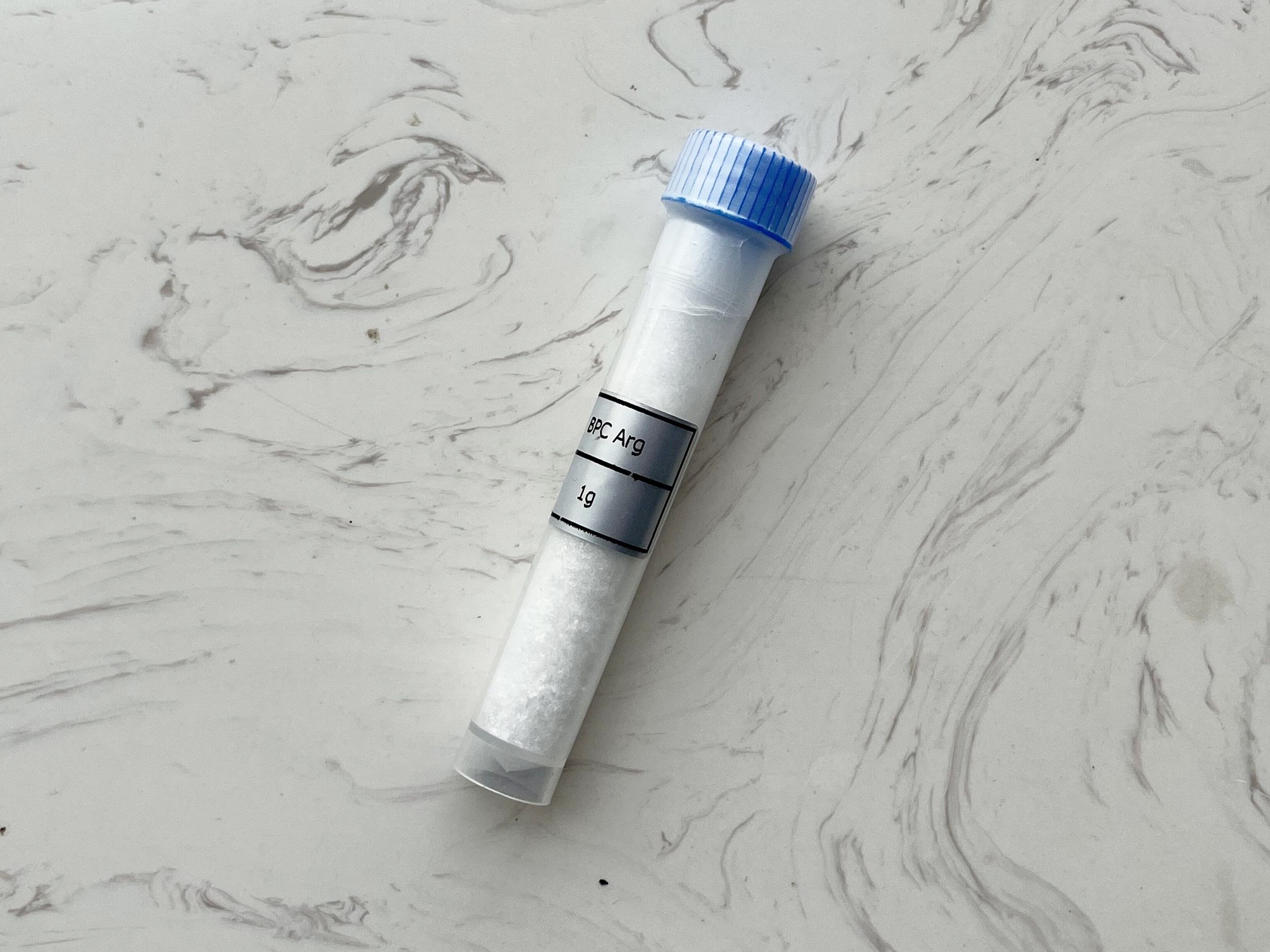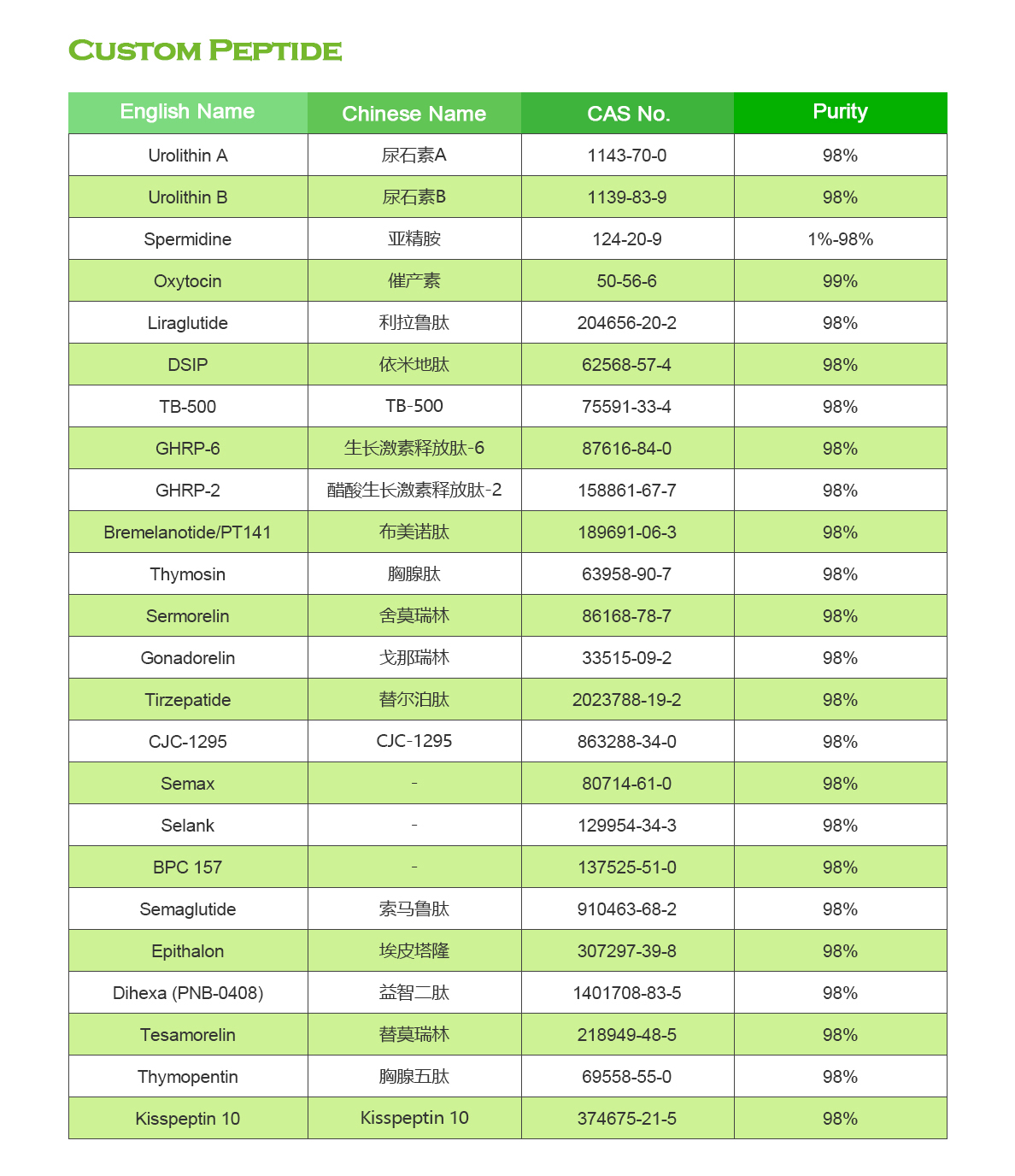BPC-157, or Body Protection Compound-157, is a synthetic peptide that has been studied for its potential therapeutic effects on various biological systems. Here is a comprehensive overview of BPC-157 based on available information up to my last knowledge update in January 2022. Please note that new research may have been conducted since then, so it’s advisable to check the latest literature for any updates.
- Origin and Structure:
BPC-157 is derived from a portion of a larger protein called Body Protection Compound (BPC), found in the gastric juice of humans. The specific sequence responsible for its biological activity is identified as BPC (15-17).
The peptide consists of 15 amino acids.
- Mechanism of Action:
BPC-157 is believed to have a multifaceted mechanism of action. It may promote healing and tissue repair through several pathways, including:
Stimulation of angiogenesis (formation of new blood vessels).
Enhancement of collagen production.
Modulation of growth factors involved in tissue regeneration.
Anti-inflammatory effects.
Protection against oxidative stress.

- Gastrointestinal Tract Healing:
Initial studies focused on BPC-157’s ability to promote healing in the gastrointestinal (GI) tract, particularly in conditions like inflammatory bowel disease (IBD), ulcers, and other GI injuries.
BPC-157 has shown positive effects in experimental models of GI damage.
- Skeletal Muscle and Tendon Healing:
BPC-157 has been investigated for its potential to accelerate healing in muscles, tendons, and ligaments.
Studies suggest that it may aid in the recovery of injured muscles and tendons.
- Joint Health:
Some research has explored the impact of BPC-157 on joint health, particularly in conditions like arthritis.
BPC-157 may have anti-inflammatory properties that contribute to joint protection.
- Central Nervous System (CNS) Effects:
Limited studies suggest that BPC-157 may have neuroprotective effects.
It has been investigated in experimental models of traumatic brain injury and may influence brain function.
- Safety and Side Effects:
BPC-157 has generally been reported as safe in animal studies, but more research is needed to establish its safety profile in humans.
As with any substance, potential side effects and long-term effects should be thoroughly investigated.
- Clinical Applications:
While BPC-157 has shown promise in preclinical studies, its clinical applications in humans are still in the early stages of exploration.

- Dosage and Administration:
Dosage recommendations for BPC-157 can vary, and there is no standardized protocol. Dosages in research studies have often been determined experimentally.
Conclusion:
BPC-157 has generated interest for its potential therapeutic applications, especially in promoting healing and tissue repair. However, more extensive clinical research is needed to fully understand its effectiveness, safety, and optimal usage in various medical conditions. As with any experimental compound, individuals should exercise caution, and it is crucial to consult with healthcare professionals before considering its use.
